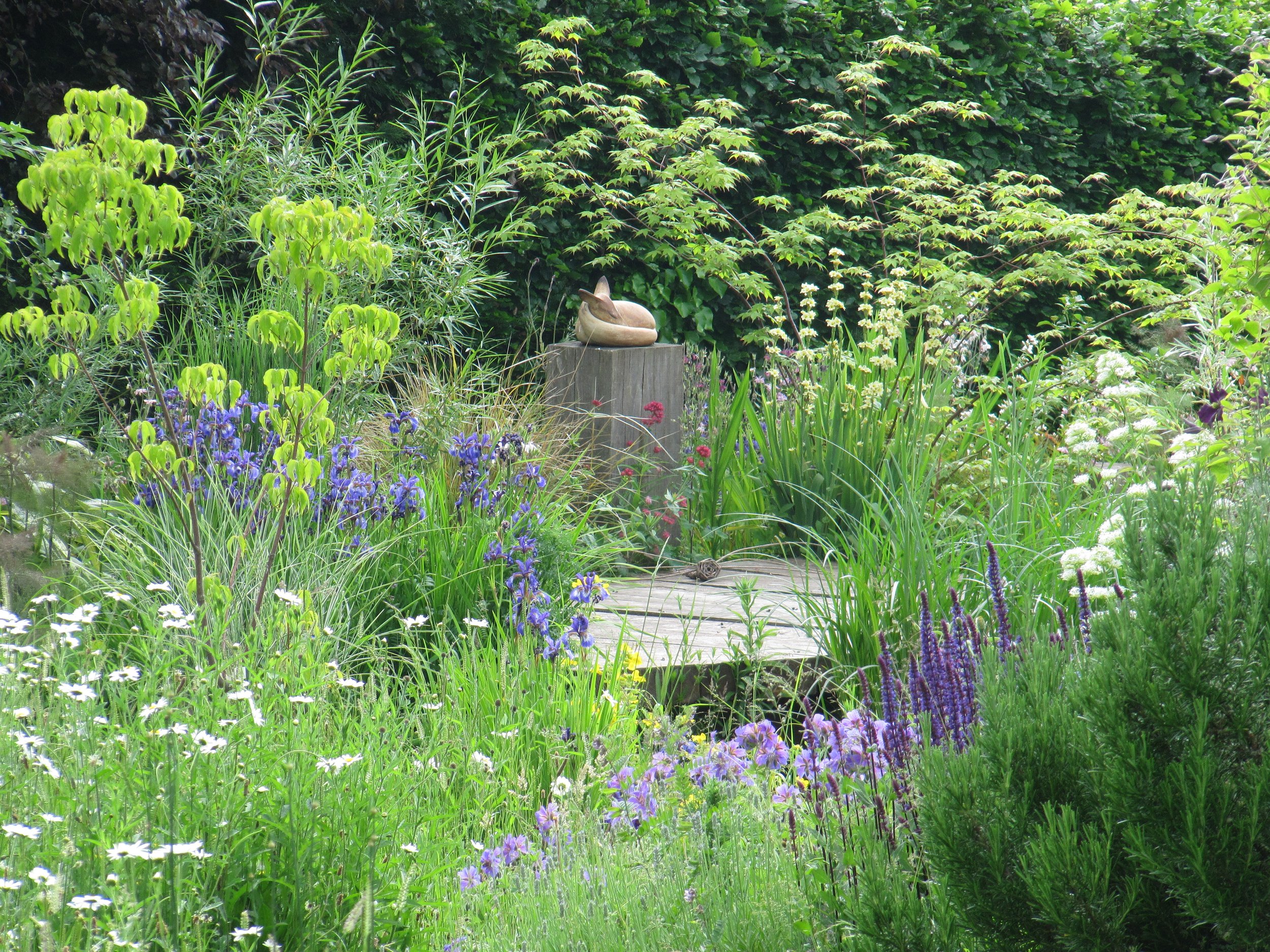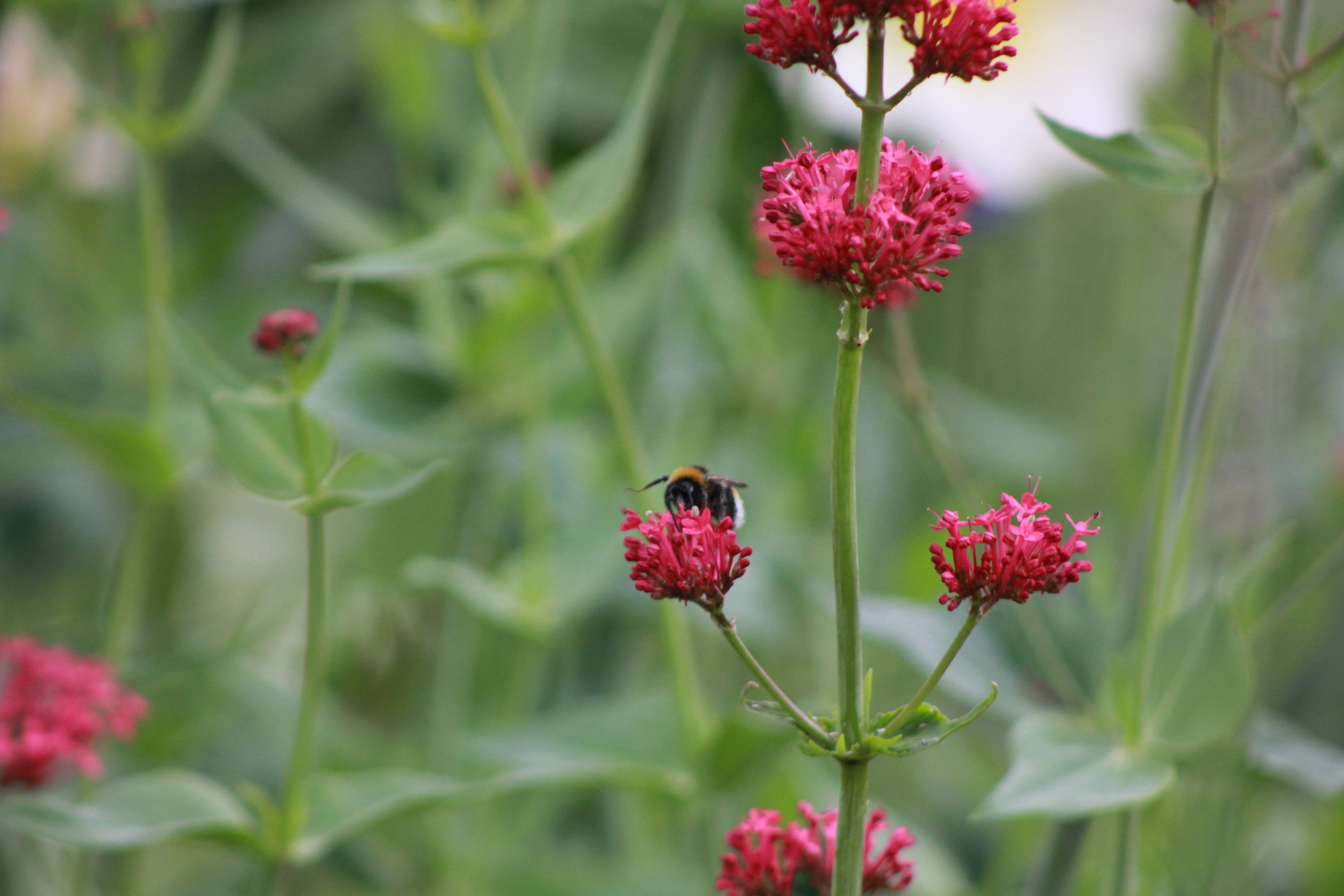Change is all around us, minute by minute, hour by hour, month by month and year on year. Our gardens change daily as the arc of the sun travels overhead, they change with the weather, with the seasons and day length and with the temperature. Some of these changes we welcome, like spring’s new fresh growth and the vibrant colours of autumn, but others we’ve traditionally tried to control and worked hard to keep our gardens static, like a newly fitted kitchen, an impossible state of nature.
The way plants spread and seed themselves around has all too often been restricted by neat and tidy gardeners, even if they are the ornamentals which we’ve planted, if they’ve dared to move from their allotted space they’ve been cut back or removed.
Weed is a word we’ve given to those plants which have come in unbidden, they’ve found our conditions to their liking and all too often rather than embrace their suitability to our gardens and benefits to its wildlife, we’ve removed them as a matter of urgency in case they get above themselves and reproduce or spread!
A pest is a creature we’ve decided we don’t like, often for no better reason than personal prejudice. Gardeners can have a very biased view of many species, insects particularly, even those we like to see like butterflies. We have taken away their forage by weeding out their food plants and even sprayed, to poison and kill them, in their immature forms as caterpillars. None of us would intentionally kill a baby blue tit, how could we? But we happily spray or rub off aphids from our roses and condemn them to starvation as their parents fail to find the juicy nutrient filled little insects with which to feed them.
A dynamic garden embraces change, it goes with the flow in a state of flux as plants and animals arrive, live out their lives, sometimes thrive and sometimes move on. When we let go of the reins and realise that we are not the ones in control, the processes of nature are, we can immerse ourselves in the wild lives of our gardens as equal partners.
For more about where to begin please visit Where to begin
For more about how our gardens relate to their surroundings please visit Our gardens in context
For more about regenerating, reconnecting and restoring nature please visit Regenerate, reconnect, restore
For more on the principles of disturbance, dispersal and diversity please visit Disturbance, dispersal and diversity
For more on Wildlife please visit Wildlife
For the latest Blog please visit my Blog








